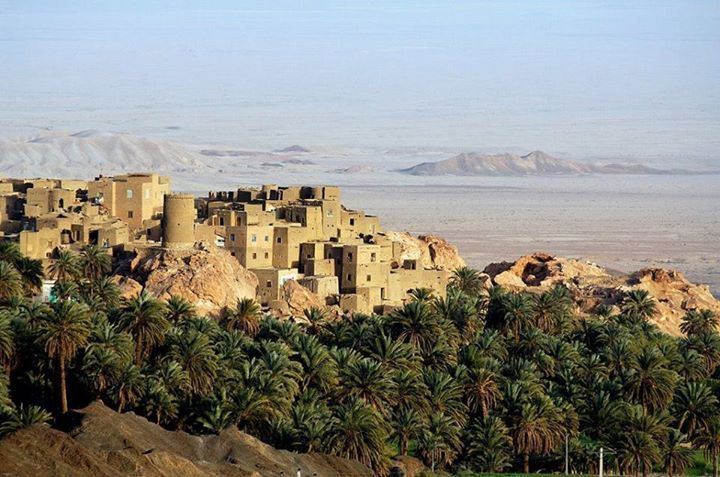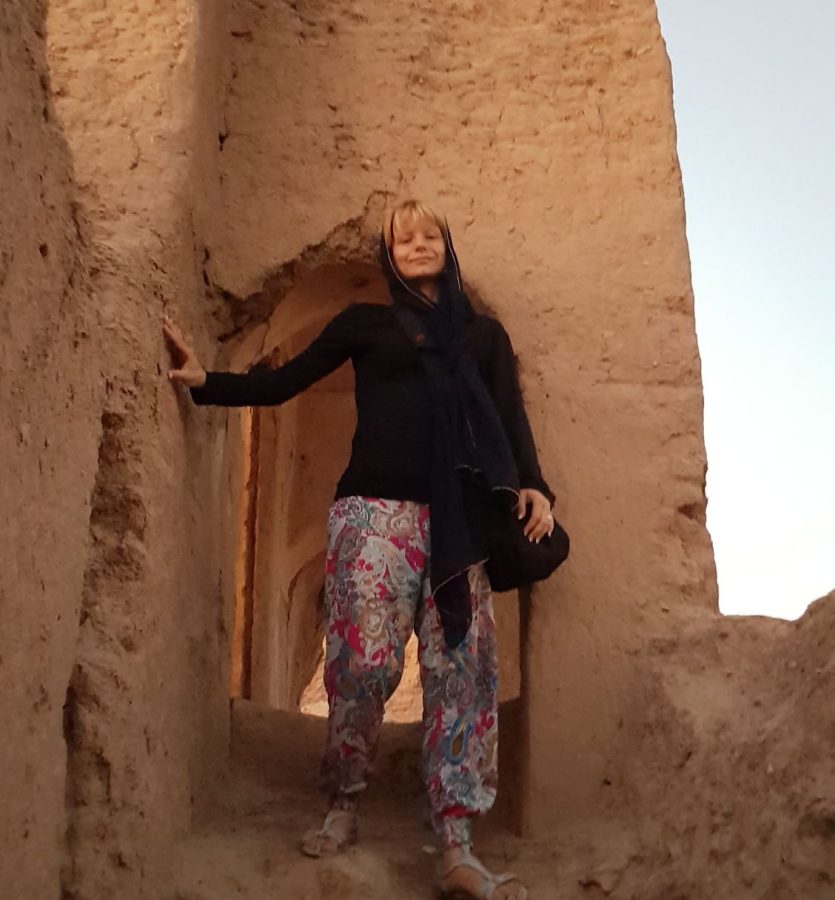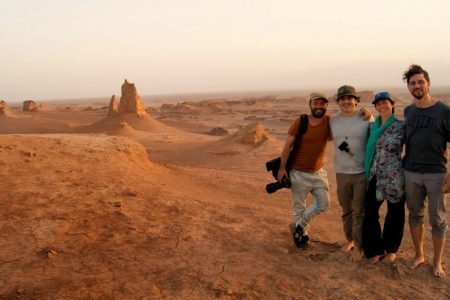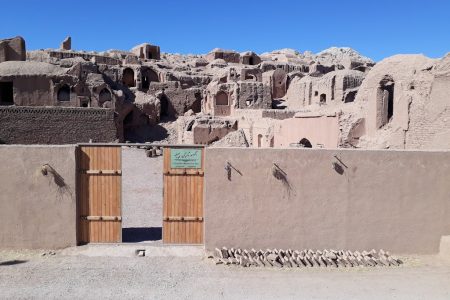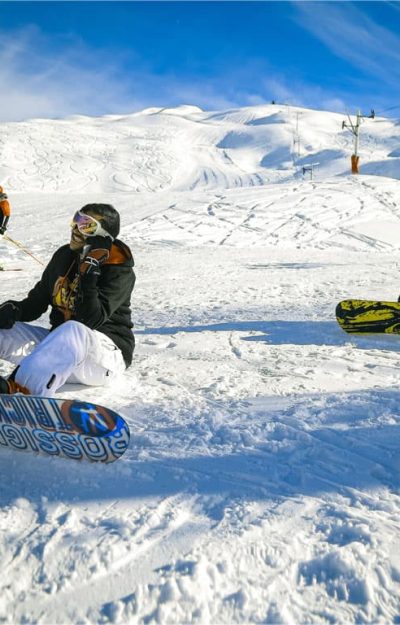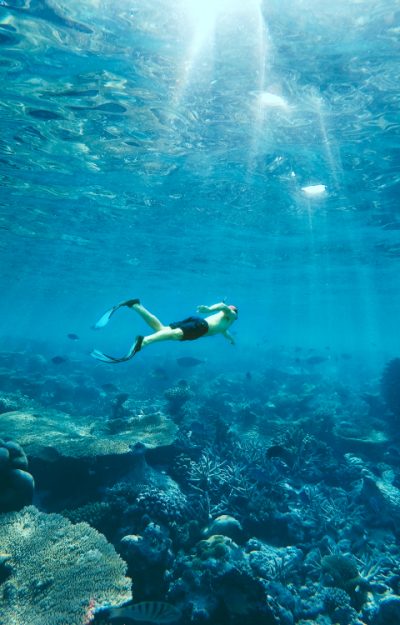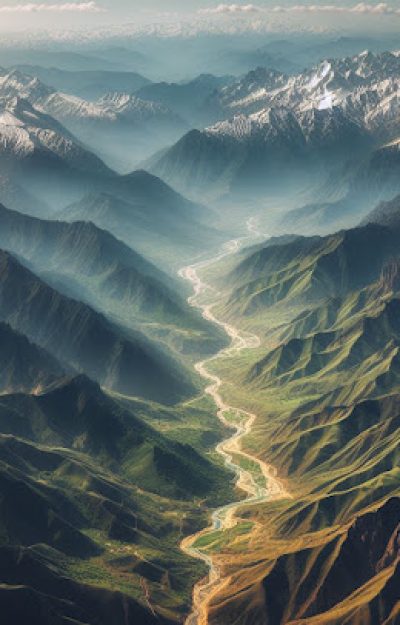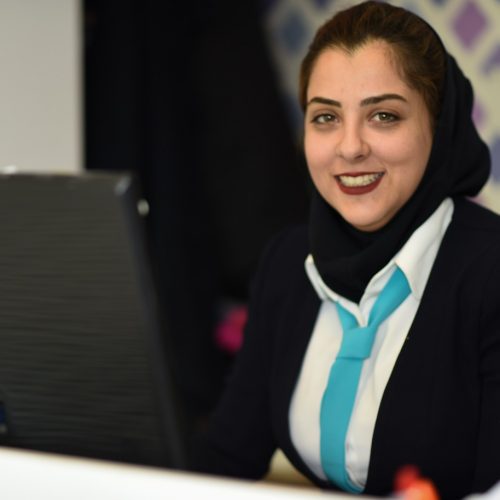Why to visit Old Deyhuk desert village?
Old Deyhuk is a city in the Deyhuk District of Tabas County, located in the South Khorasan Province of Iran. This region is notable for its historical significance and unique geographical setting, as it’s situated near the expansive Lut desert and north of Mashhad. The area has a rich history and has undergone various administrative changes over the years. It’s part of a province known for its diverse and interesting sights, such as hot springs, historical mosques, citadels, and gardens.
Regarding travel to the region, Shiraz, a city in Iran relatively close to Old Deyhuk, offers a vibrant array of local foods, restaurants, and cultural experiences. Visitors to Shiraz can enjoy traditional dishes like Kebab with rice, Shirazi Salad, and Kalam polo. The city is also home to a variety of restaurants and cafes that cater to a range of tastes, offering both local Iranian and international cuisine. For those interested in exploring the area around Shiraz, there are several food gardens and places to enjoy live music in the evenings. Shiraz is also accessible by air, with its international airport offering flights to major cities within Iran and international destinations.
While Old Deyhuk itself might not have the same level of tourist infrastructure as Shiraz, its proximity to such culturally rich areas makes it an intriguing destination for those interested in exploring the historical and cultural landscapes of Iran.
